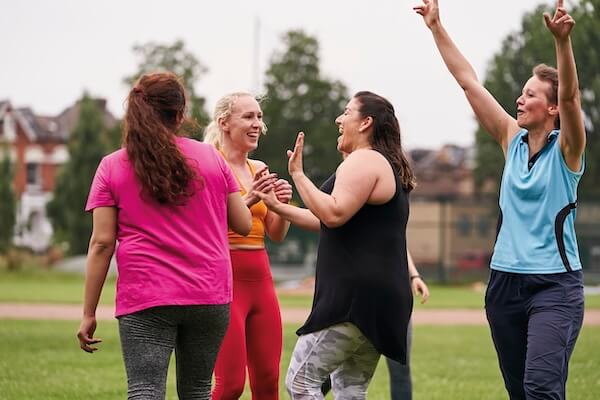
A meta study led by Edith Cowan University, published in the British Journal of Sports Medicine, has revealed that maintaining high levels of muscle strength and cardiorespiratory fitness (CRF) significantly improves survival rates in cancer patients. With cancer accounting for nearly 30% of deaths in Australia, this research provides crucial insights into how physical fitness can play a vital role in the fight against cancer.
The Research: Fitness and Survival
This comprehensive review analysed data from over 42 studies, encompassing nearly 47,000 cancer patients. The findings were striking:
- All-Cause Mortality: Cancer patients with high muscle strength or CRF had a 31–46% lower risk of death compared to those with low fitness levels.
- Cancer-Specific Mortality: For every unit increase in CRF, the risk of dying specifically from cancer dropped by 18%.
- Advanced Stages of Cancer: Even in patients with advanced-stage cancer, maintaining fitness levels reduced mortality risk by 8–46%.
- Lung and Digestive Cancers: The benefits were particularly pronounced, with a 19–41% reduction in all-cause mortality observed in patients with these cancer types.
Why Fitness Matters for Cancer Patients
Cancer and its treatments often lead to muscle loss, reduced cardiovascular health, and other side effects that can weaken the body. This study highlights that improving physical fitness—especially muscle strength and CRF—can counteract these effects and extend survival.
Here’s why these fitness components are so crucial:
- Muscle Strength: Measured through tests like handgrip strength, it’s a reliable indicator of overall health and resilience. Stronger muscles can help patients better tolerate treatments and recover faster.
- Cardiorespiratory Fitness (CRF): CRF measures the body’s ability to supply oxygen to muscles during exercise. Higher CRF levels improve heart and lung function, which are critical for maintaining health during cancer treatment.
The Role of Exercise in Cancer Care
The study emphasises the importance of tailored exercise programs for cancer patients. These programs should focus on activities that enhance muscle strength and CRF, such as:
- Resistance Training: Exercises like weightlifting or resistance band workouts to build and maintain muscle strength.
- Aerobic Activities: Activities like walking, swimming, or cycling to improve CRF and overall endurance.
- Low-Impact Options: For those with advanced cancer or limited mobility, gentle activities like yoga or tai chi can still offer significant benefits.
Cancer in Australia: The Bigger Picture
In 2024, it’s estimated that over 169,000 Australians will be diagnosed with cancer, with three out of every ten deaths attributed to the disease. While advances in prevention and treatment have improved survival rates, physical inactivity remains a significant risk factor for mortality. This study underscores the urgent need to integrate fitness assessments and exercise interventions into cancer care.
Hope Through Movement
This research offers a hopeful message: improving physical fitness isn’t just about living longer—it’s about living better. For cancer patients, incorporating strength and aerobic exercises into daily routines could make a life-changing difference. With tailored exercise programs and a commitment to staying active, it’s possible to fight cancer with strength, resilience, and hope.






